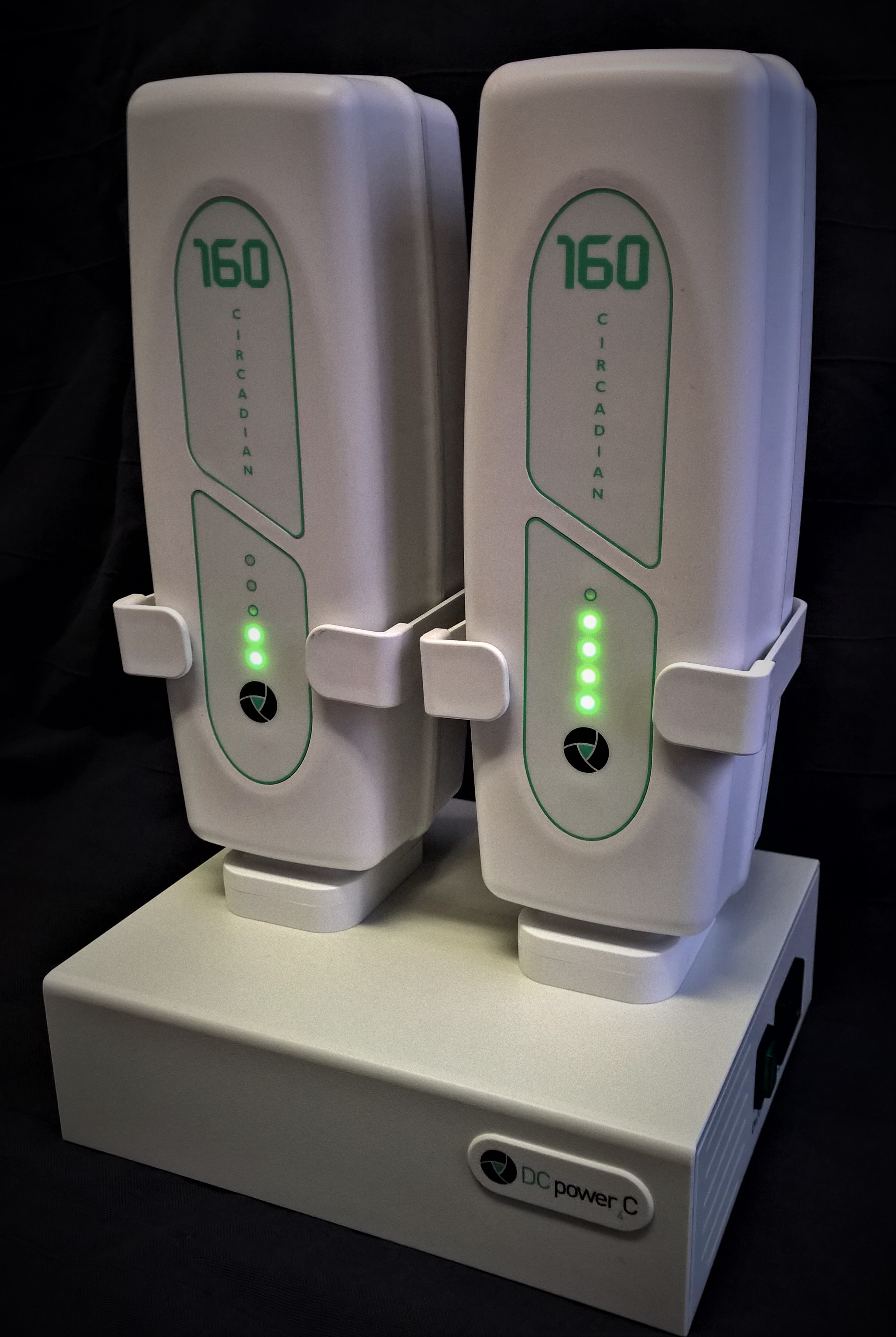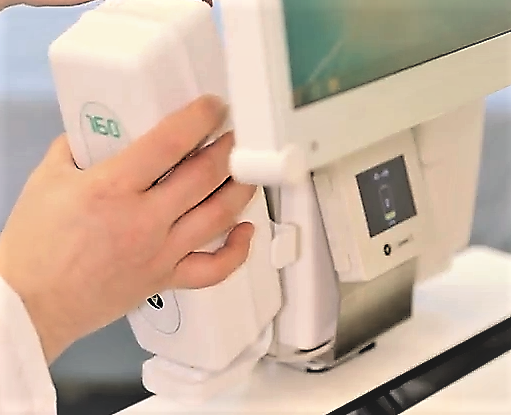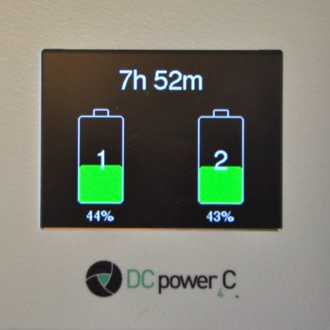Most cart suppliers prefer to offer the hospital an AC solution. Why? Because it is genuinely easy to sell, the assumption being that DC: DC is too complex.
But since - in any battery operation- power efficiency is critical; it is important to note that Equipment actually runs internally on DC. The typical DC: DC efficiency of our converters is in the 97-99% range.
A DC-AC-DC solution takes Battery capacity in DC (12.0 - 16.6V) and then converts to AC (inverter: 115/230V) power feeding a power supply which is an AC to DC converter (115/230V down to 14V or 19V etc.). An inverter, depending on the manufacturer, loses between 12-25% of power/heat. The AC power supply adaptor regulations in Europe have recently improved efficiency (Level V) and they now may not lose more than 14%. This is still considerable.
This combined cumulative efficiency loss is massively wasteful. A 100Wh battery becomes a de-facto 65-75Wh battery from day one! But worse
- The Hospital pays for an inverter. Normally the more expensive pure Sinewave inverter is required.
- Whilst a DC: DC cart is SELV, Safe Extra Low Voltage- the cart is now potentially converted to a high voltage application.
- The inverter limits the current output of the battery
- The cart is now fitted / cluttered with the bulk of the - all too often- clunky inverter & cables
- The fan noise of the inverter is a potential irritant for users and a hygiene concern
- Additional 3rd party equipment is added to the overall system –that always increases the risk of failure
- Inbuilt, the inverter is always on, drawing 10-20W every hour, whether in use or not. This has a massive recharge cost and environmental implication.
- The Hospital pays for a significantly heavier, bigger, and more expensive battery than needed to compensate capacity / runtime loss.
So, whilst both the Circadian® and ProDurance systems can always optionally include the inverter for AC output, we strongly advise customers, where possible, to opt for a more efficient DC to DC system from the outset.




